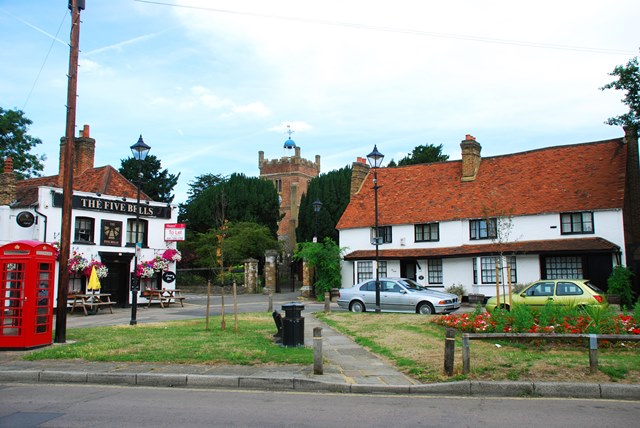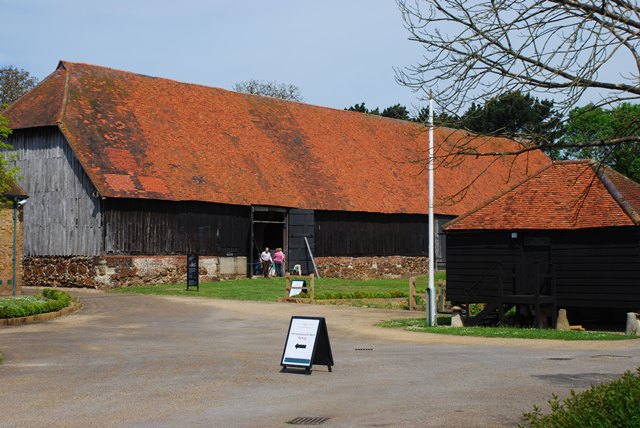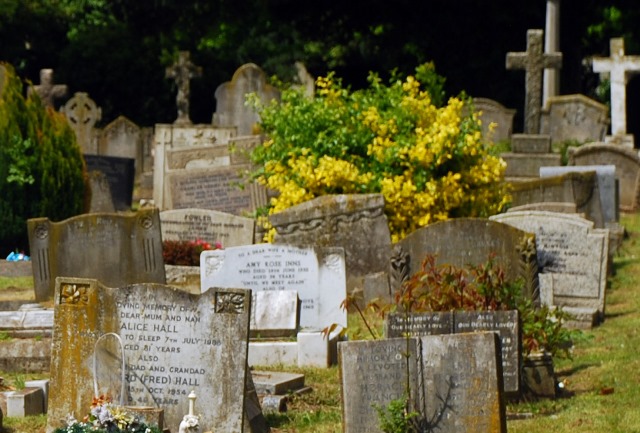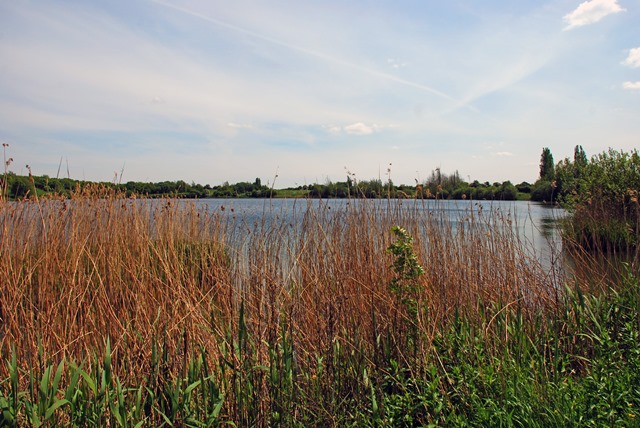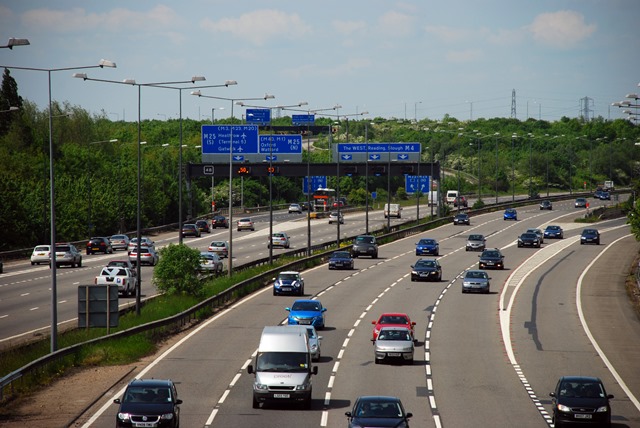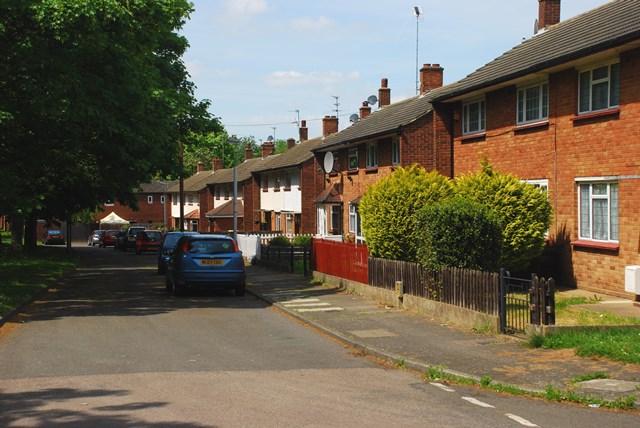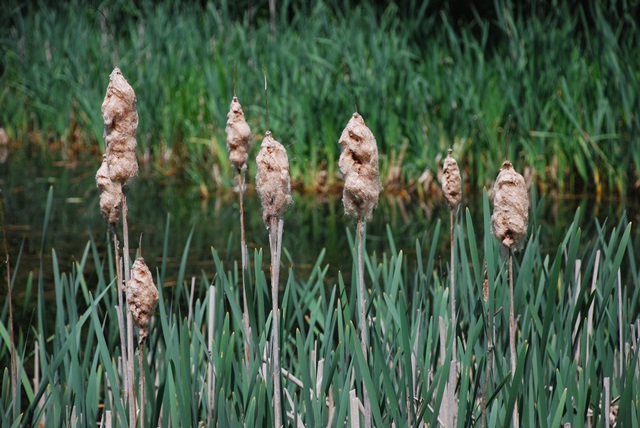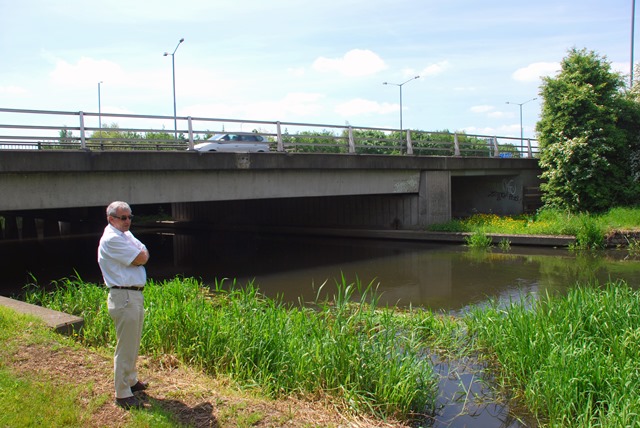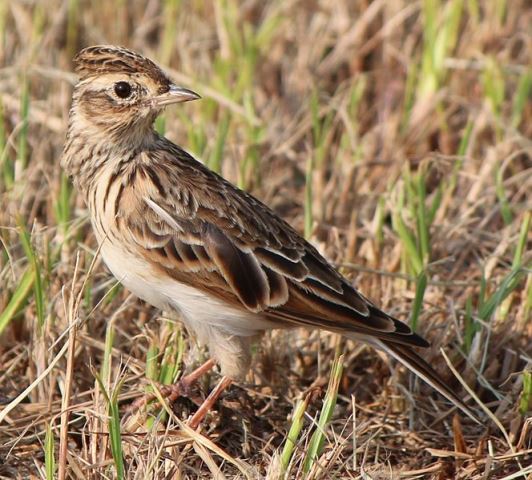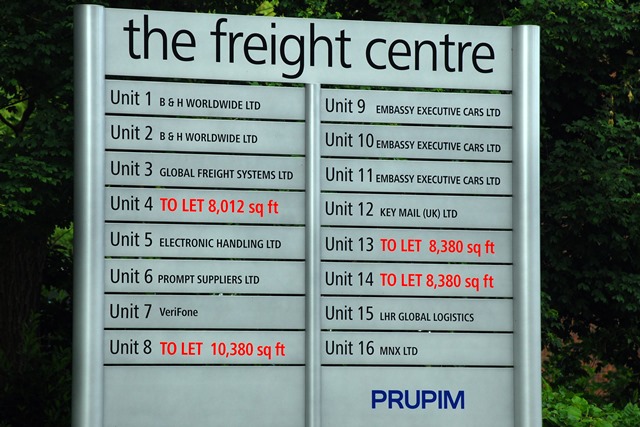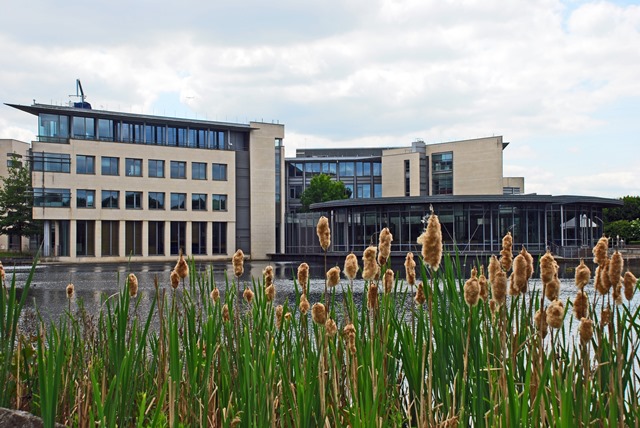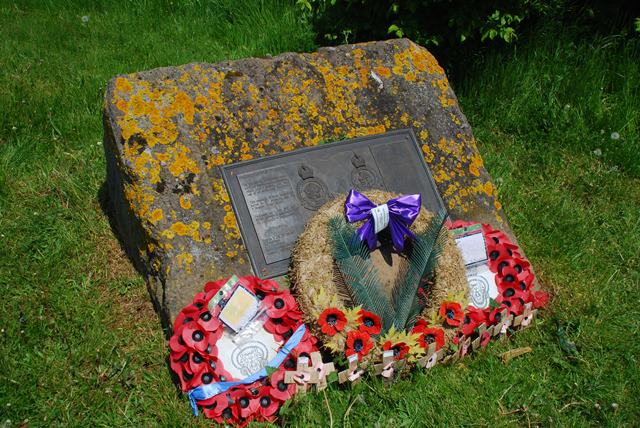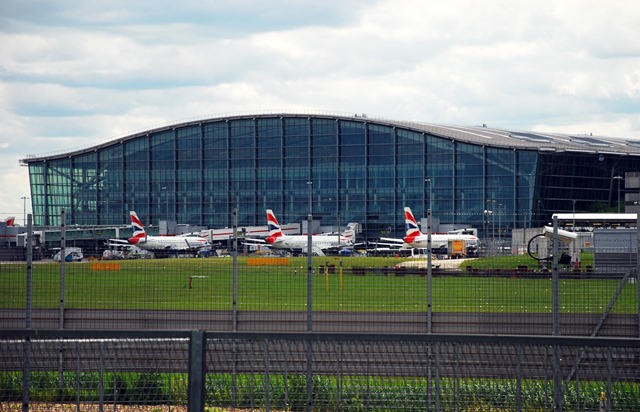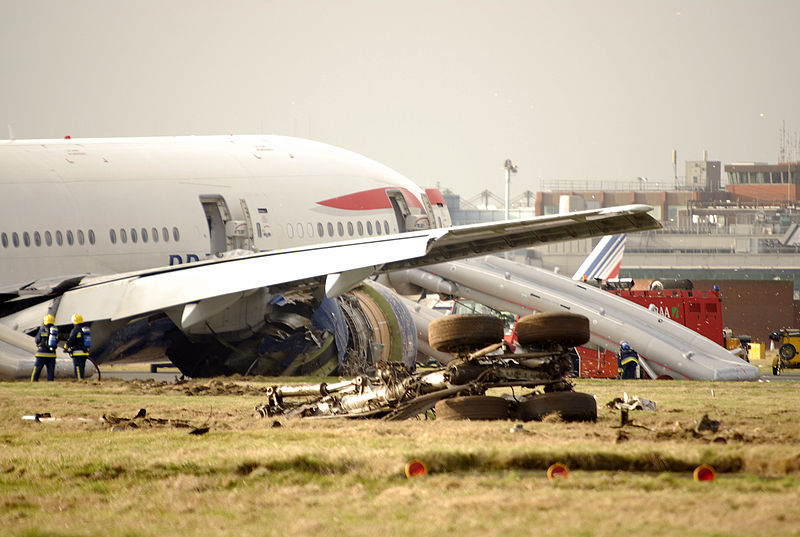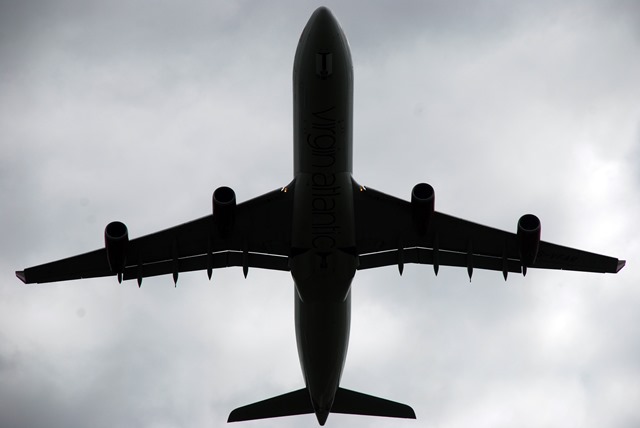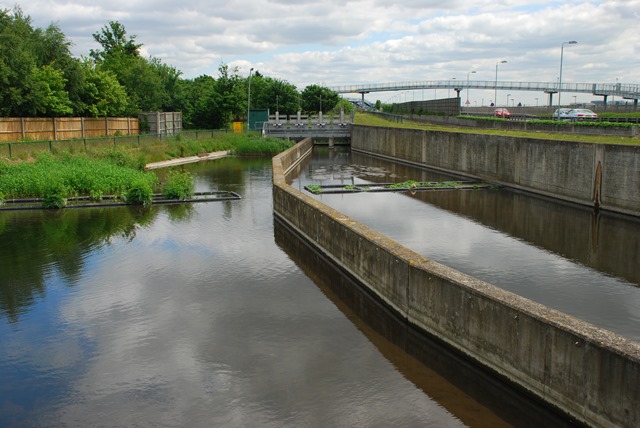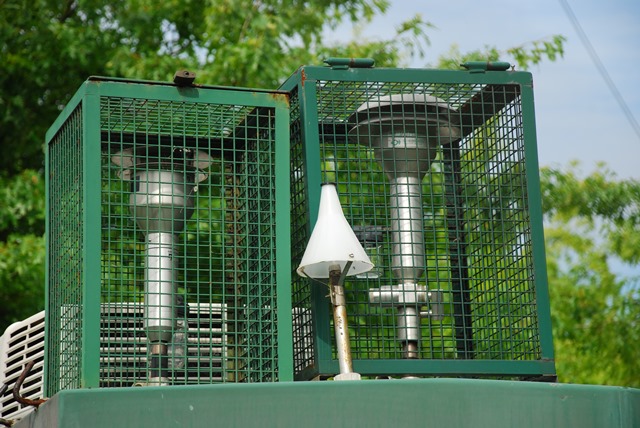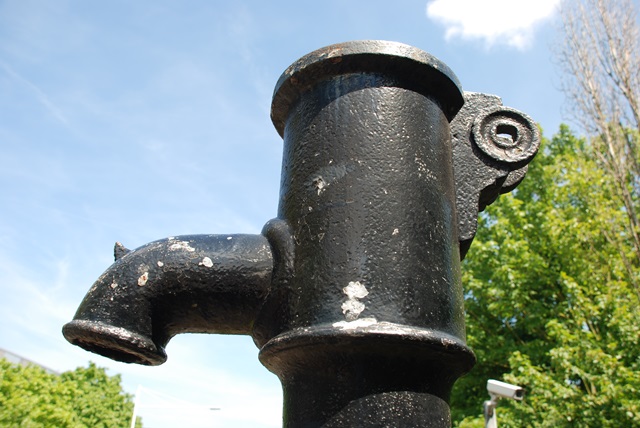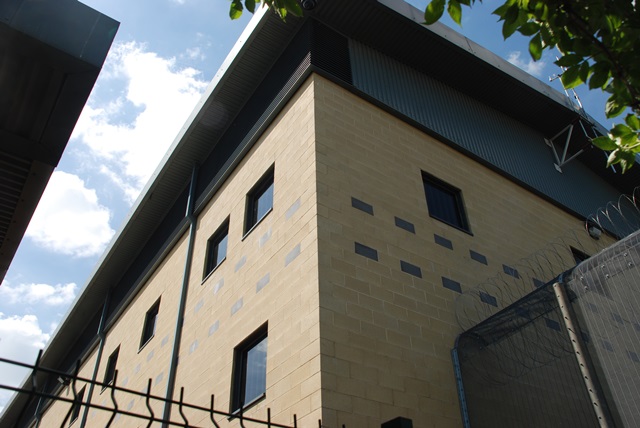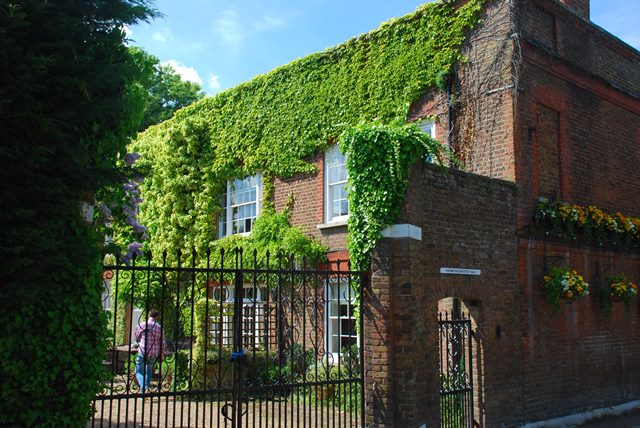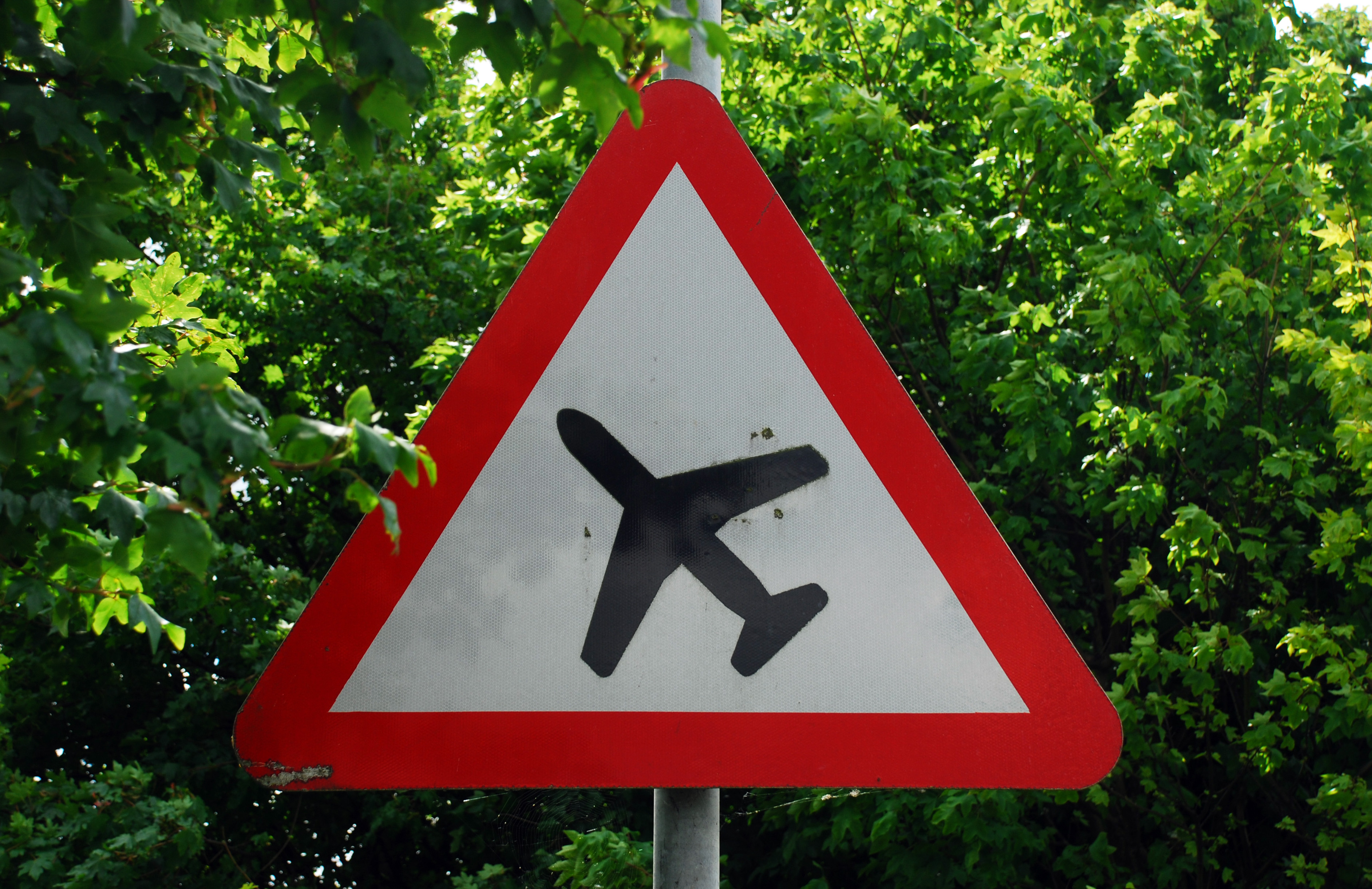A walk in the shadow of a busy international airport
Going for a walk close to London Heathrow may seem strange. Yet the area is full of surprises, including tranquil natural scenery and historic villages.
Find out why Heathrow was originally built here and the struggle ever since to manage its growth. Hear arguments for and against airport expansion.
Stand on the line of a proposed new runway. Hear the noise of aircraft and learn how they affect the air you breathe.
On the other hand enjoy the wildlife on a restored moor, discover how planning regulations have helped to protect buildings and preserve a riverside haven for birds and wildflowers.
This is a place where people and planes coexist, and where planners and politicians battle over their future.
